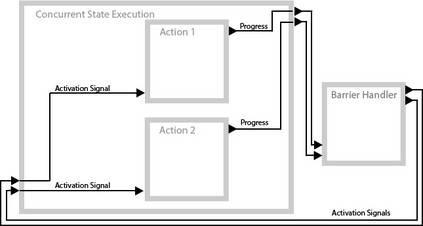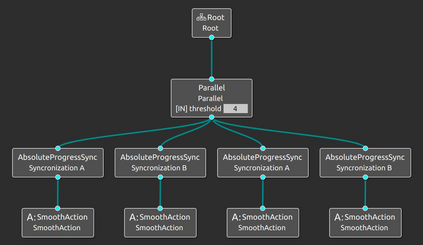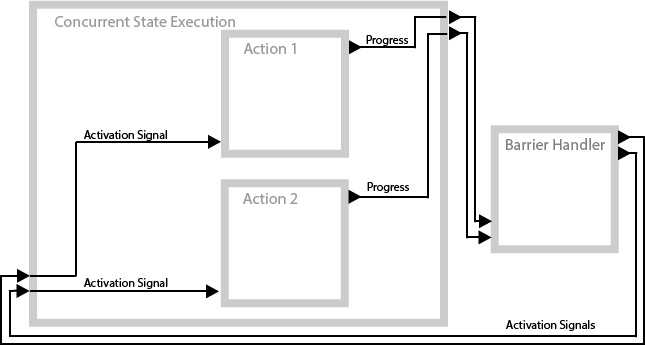This paper addresses the concurrency issues affecting Behavior Trees (BTs), a popular tool to model the behaviors of autonomous agents in the video game and the robotics industry. BT designers can easily build complex behaviors composing simpler ones, which represents a key advantage of BTs. The parallel composition of BTs expresses a way to combine concurrent behaviors that has high potential, since composing pre-existing BTs in parallel results easier than composing in parallel classical control architectures, as finite state machines or teleo-reactive programs. However, BT designers rarely use such composition due to the underlying concurrency problems similar to the ones faced in concurrent programming. As a result, the parallel composition, despite its potential, finds application only in the composition of simple behaviors or where the designer can guarantee the absence of conflicts by design. In this paper, we define two new BT nodes to tackle the concurrency problems in BTs and we show how to exploit them to create predictable behaviors. In addition, we introduce measures to assess execution performance and show how different design choices affect them. We validate our approach in both simulations and the real world. Simulated experiments provide statistically significant data, whereas real-world experiments show the applicability of our method on real robots. We provided an open-source implementation of the novel BT formulation and published all the source code to reproduce the numerical examples and experiments.
翻译:本文论述影响行为树(BTs)的复杂货币问题,这是在视频游戏和机器人行业中模拟自主代理人行为的流行工具。 BT设计师可以很容易地建立复杂的行为,组成更简单的行为,这是BT的关键优势。 BT的平行构成表明一种将具有巨大潜力的并行行为结合起来的方法,因为预先存在的BT结果比在平行的古典控制结构中作为有限的国家机器或远程反应程序而形成更容易。然而,BT设计师很少使用这种组成,因为其根本的同同时的编程中所面临的相似的同类货币问题。结果,平行构成尽管其潜力在于简单的行为的构成中,但只能通过设计来保证没有冲突。在本文件中,我们定义了两个新的BT节点,以解决BT的货币问题,我们展示了如何利用它们来创造可预测的行为。此外,我们引入了评估执行绩效的措施,并展示了不同的设计选择如何影响他们。我们验证了我们的方法,尽管其具有潜在的潜力,但是,但是在简单的实验中,我们还是展示了真实的实验和数字的模型。






























